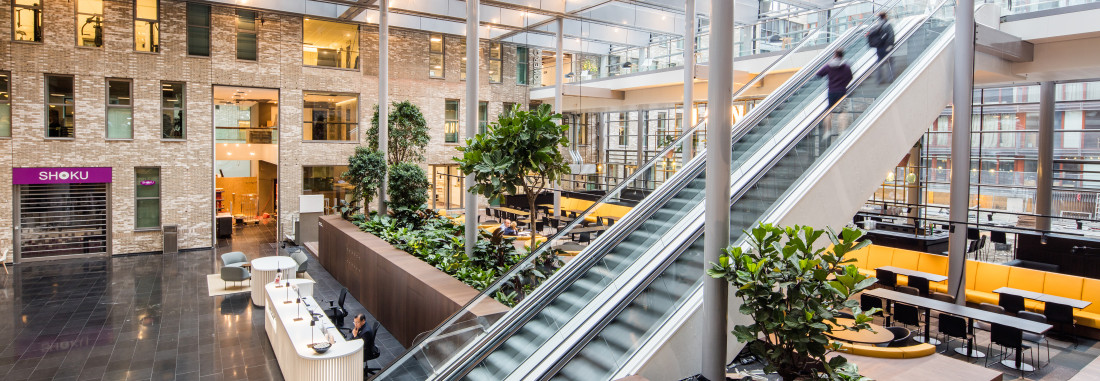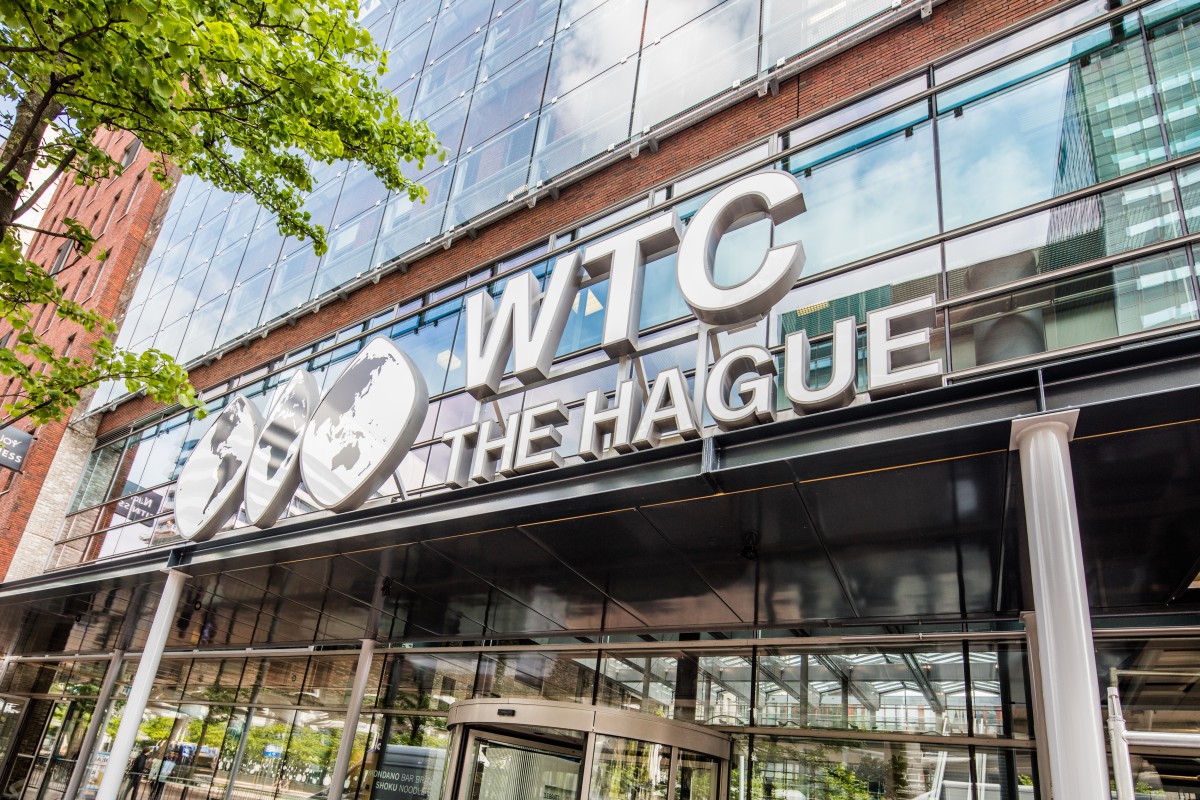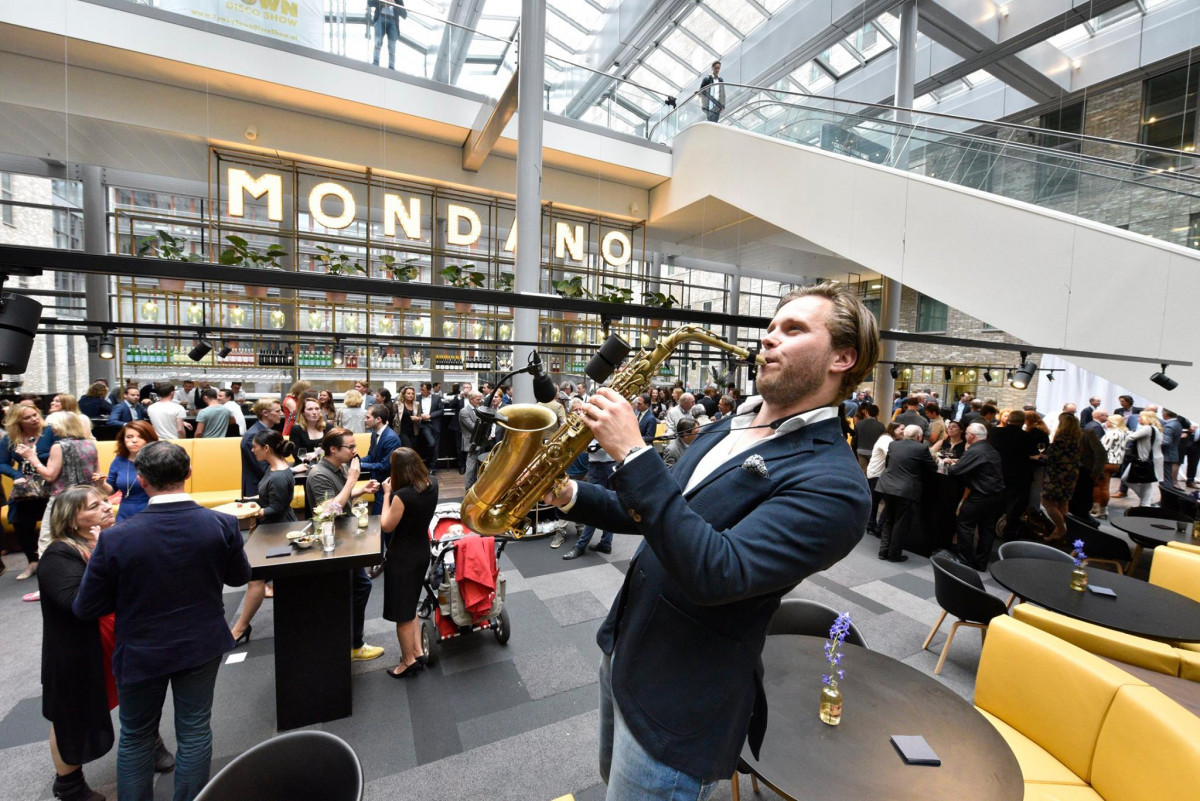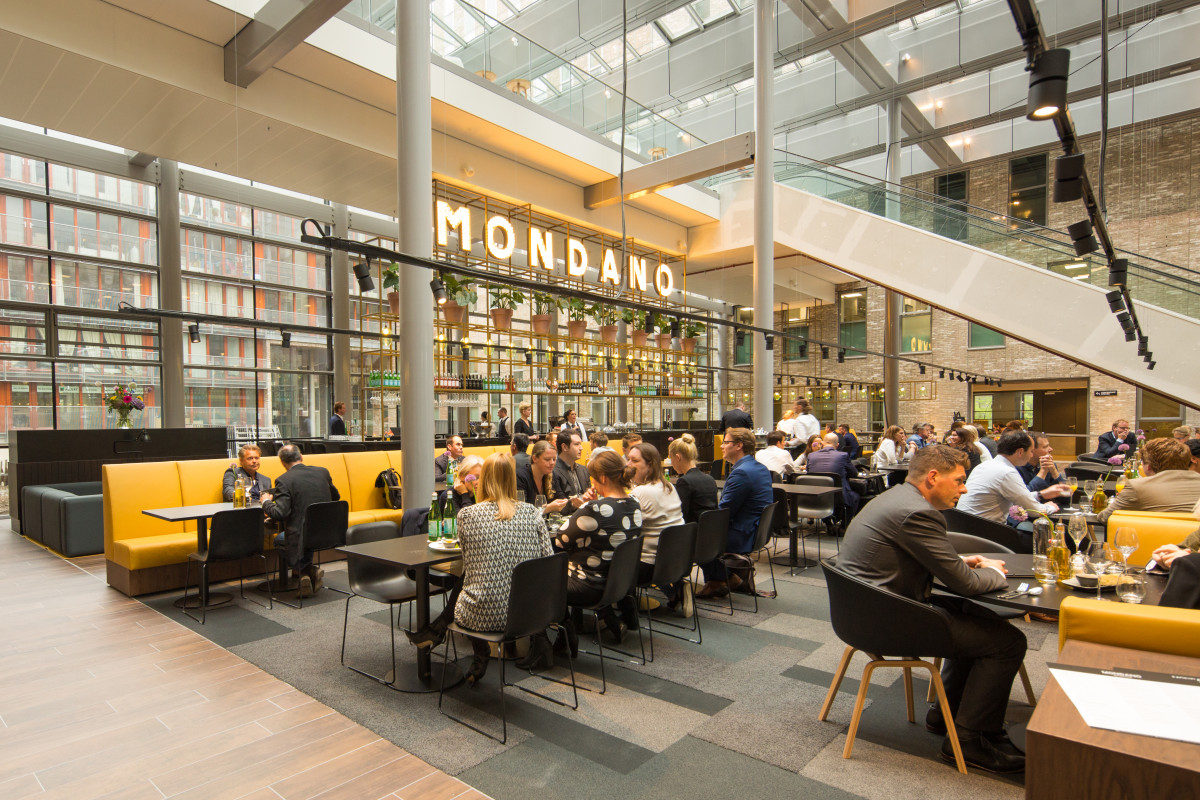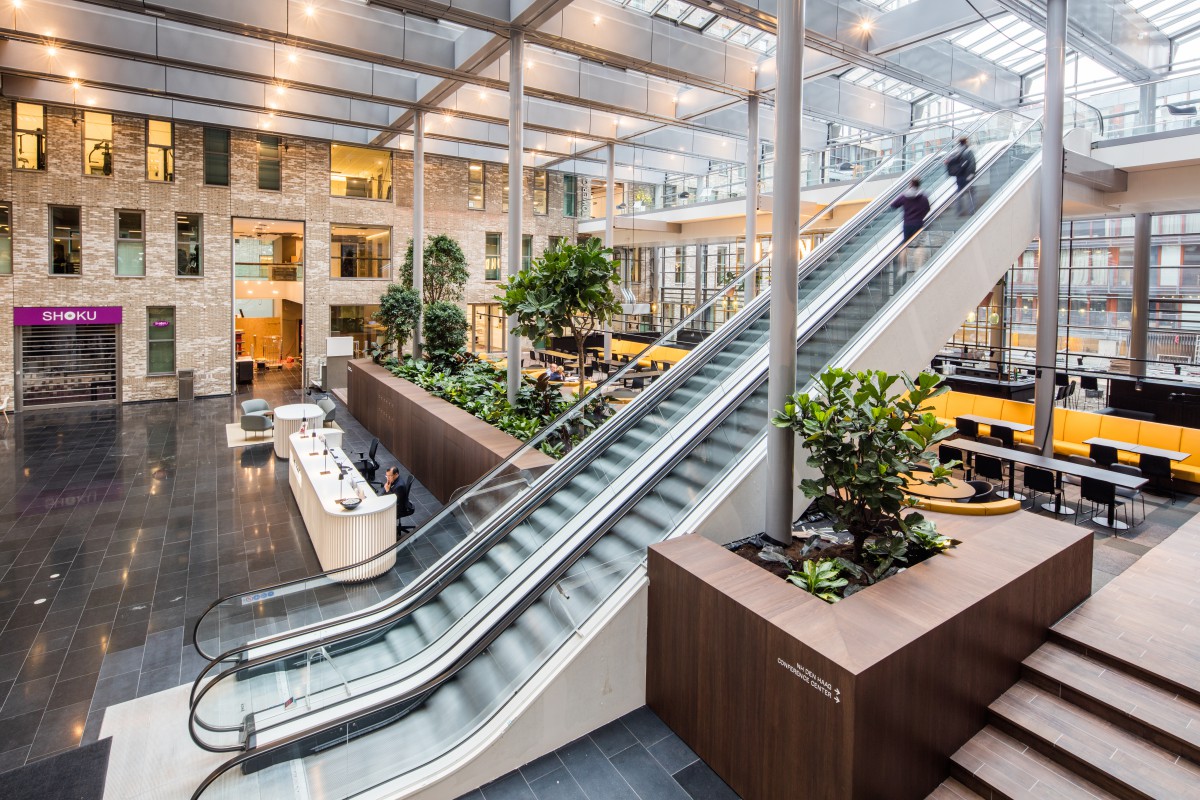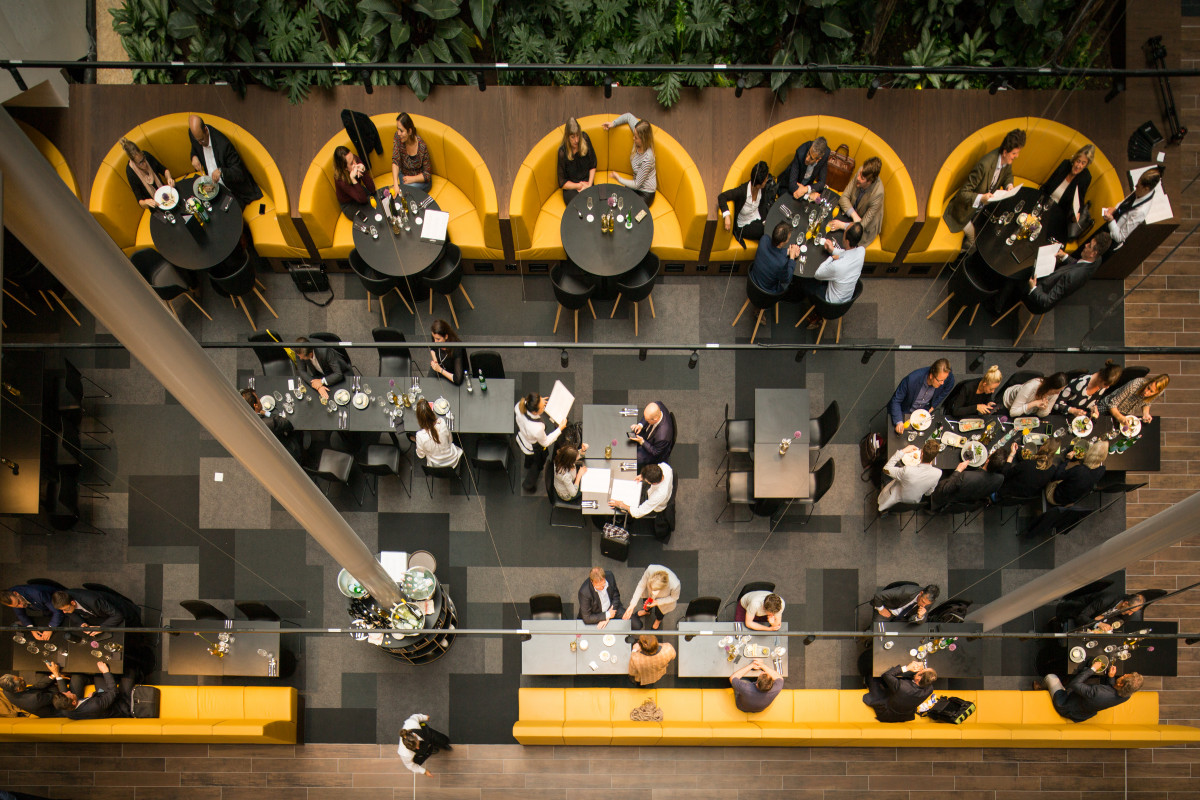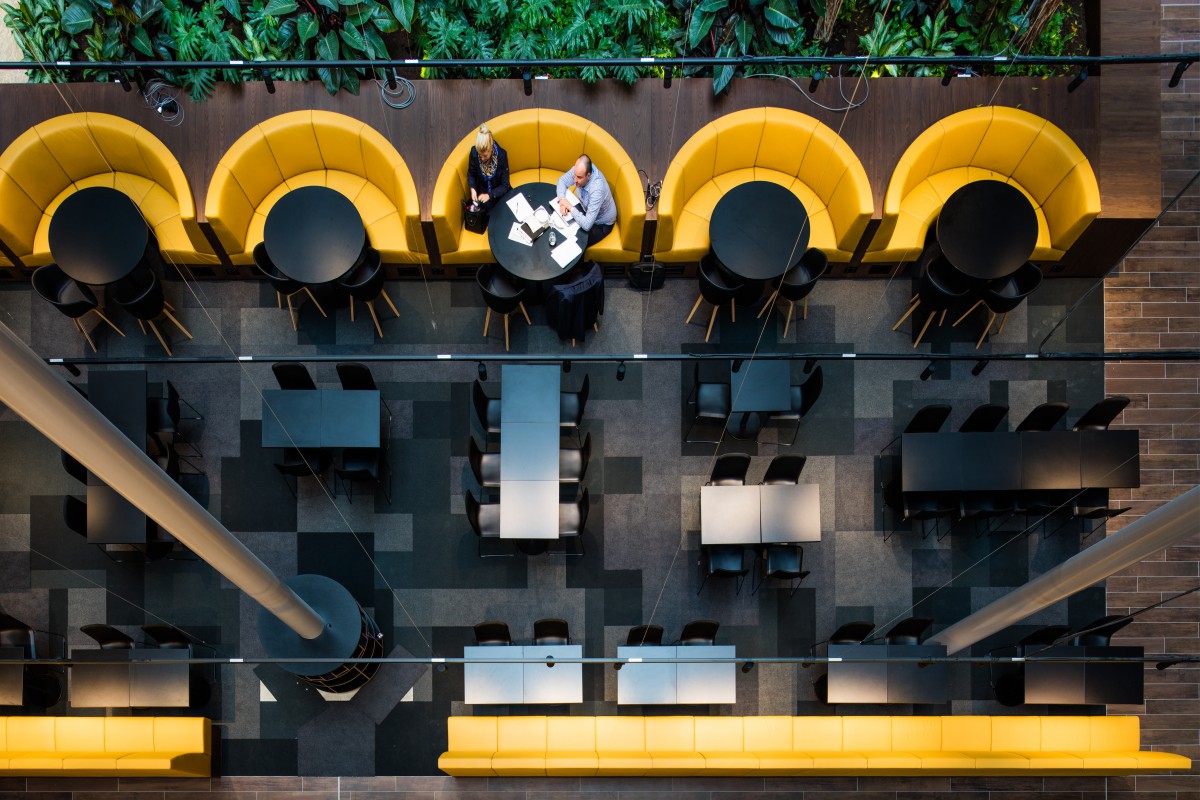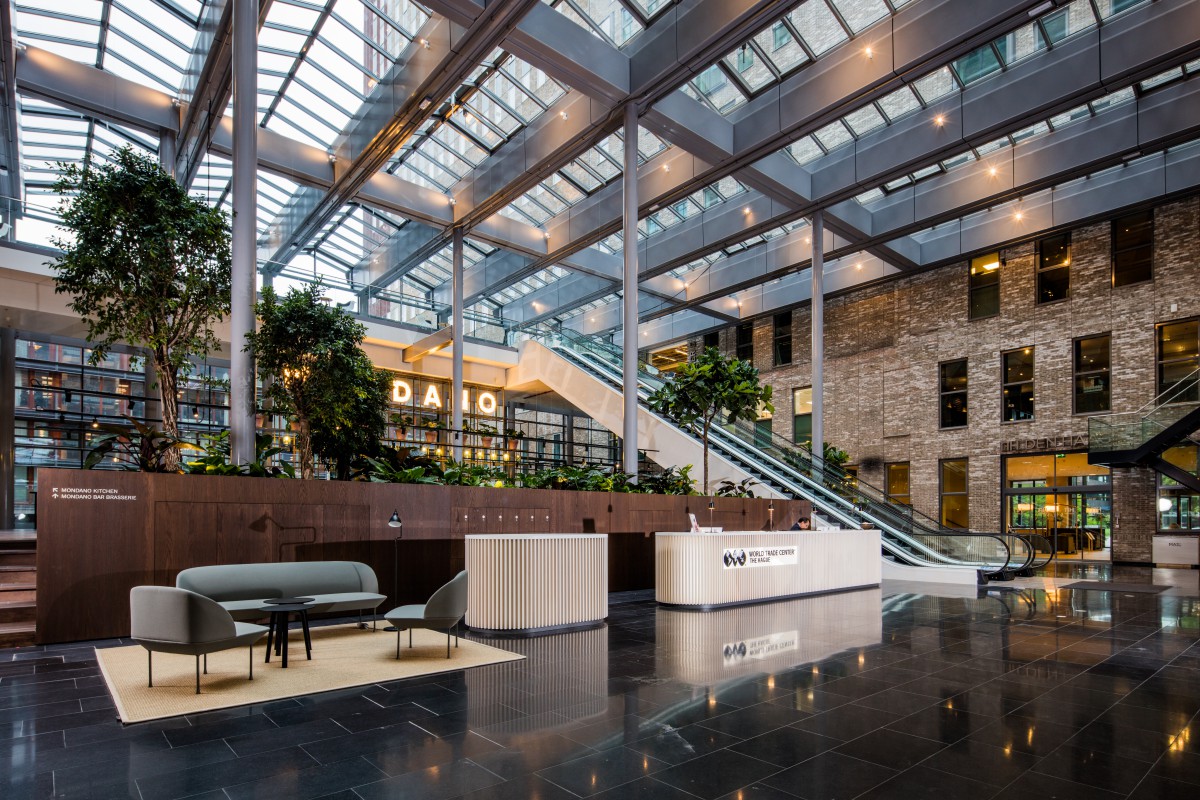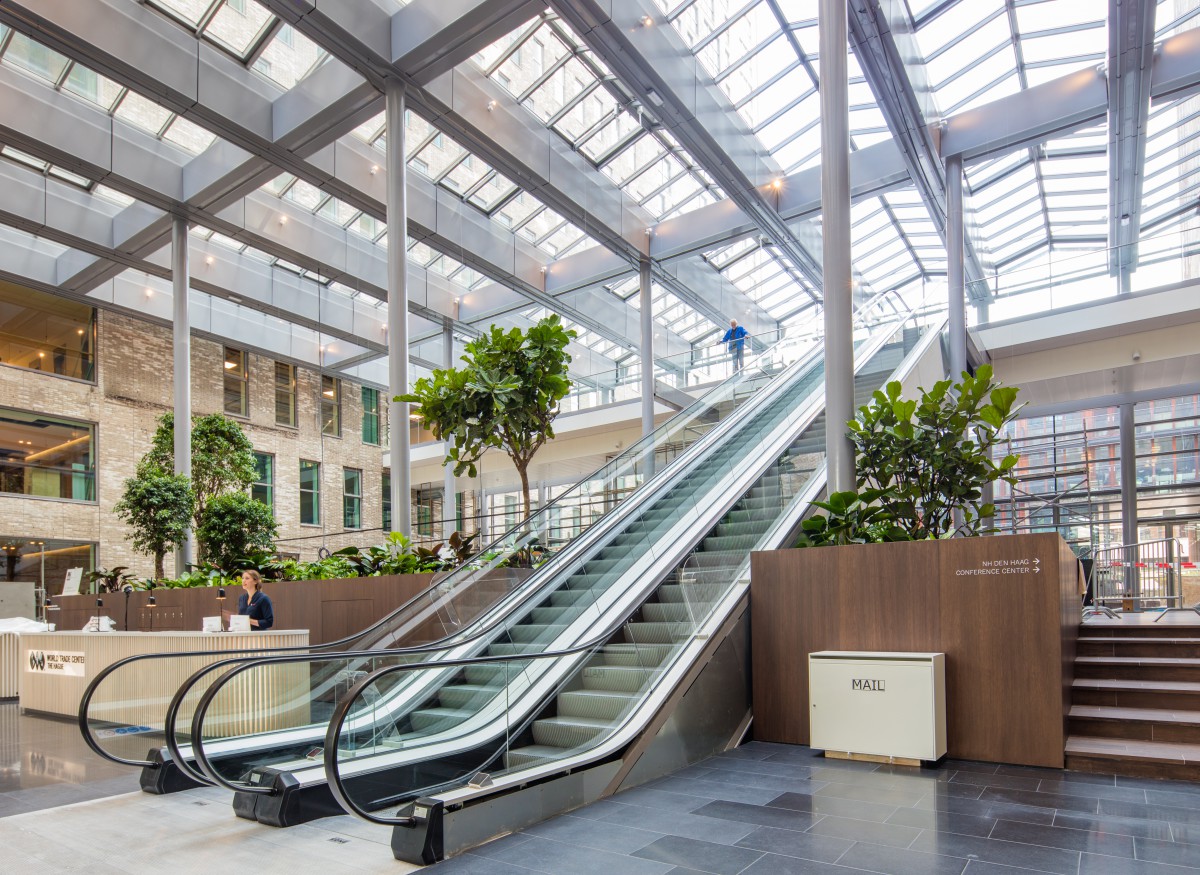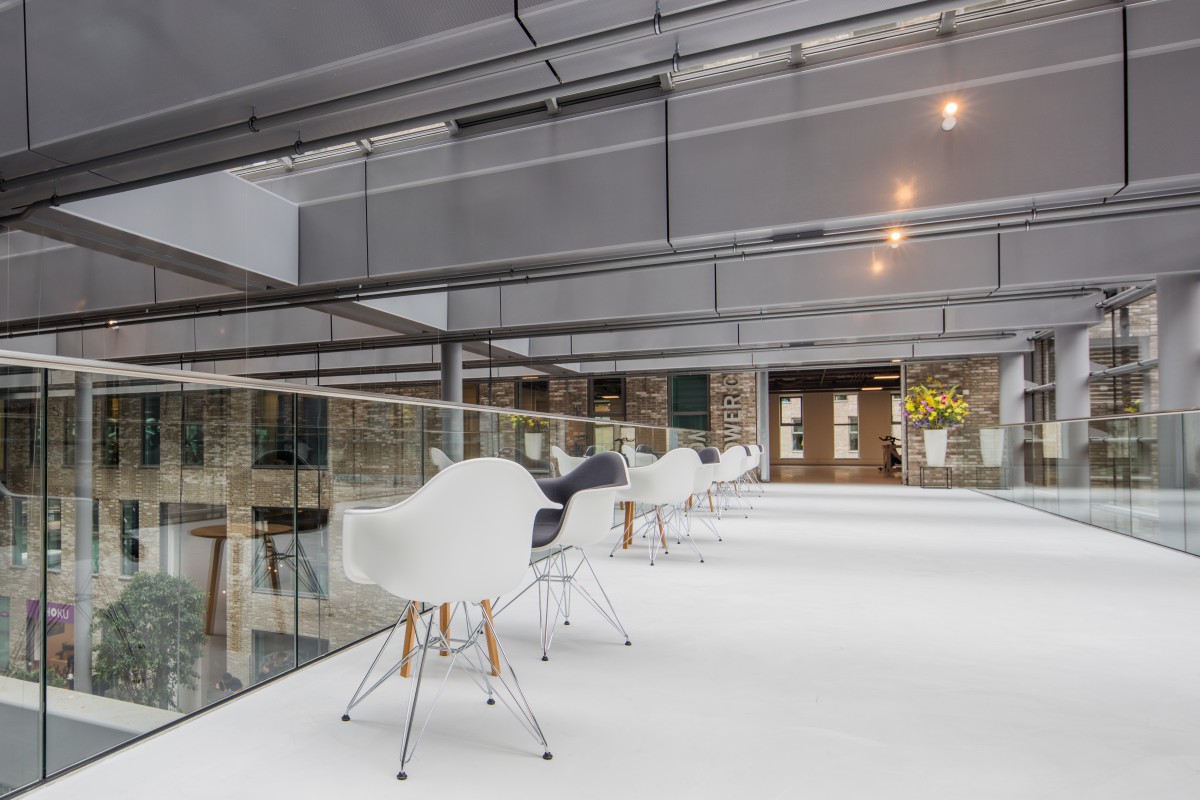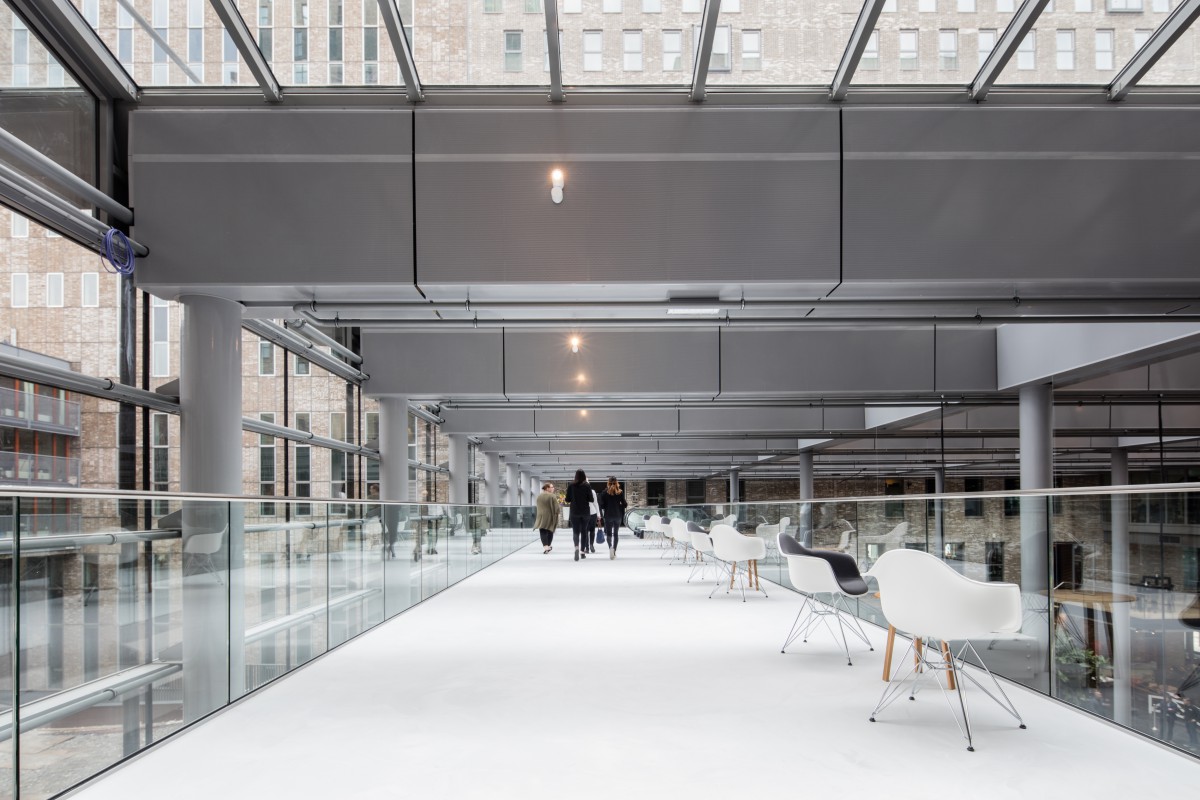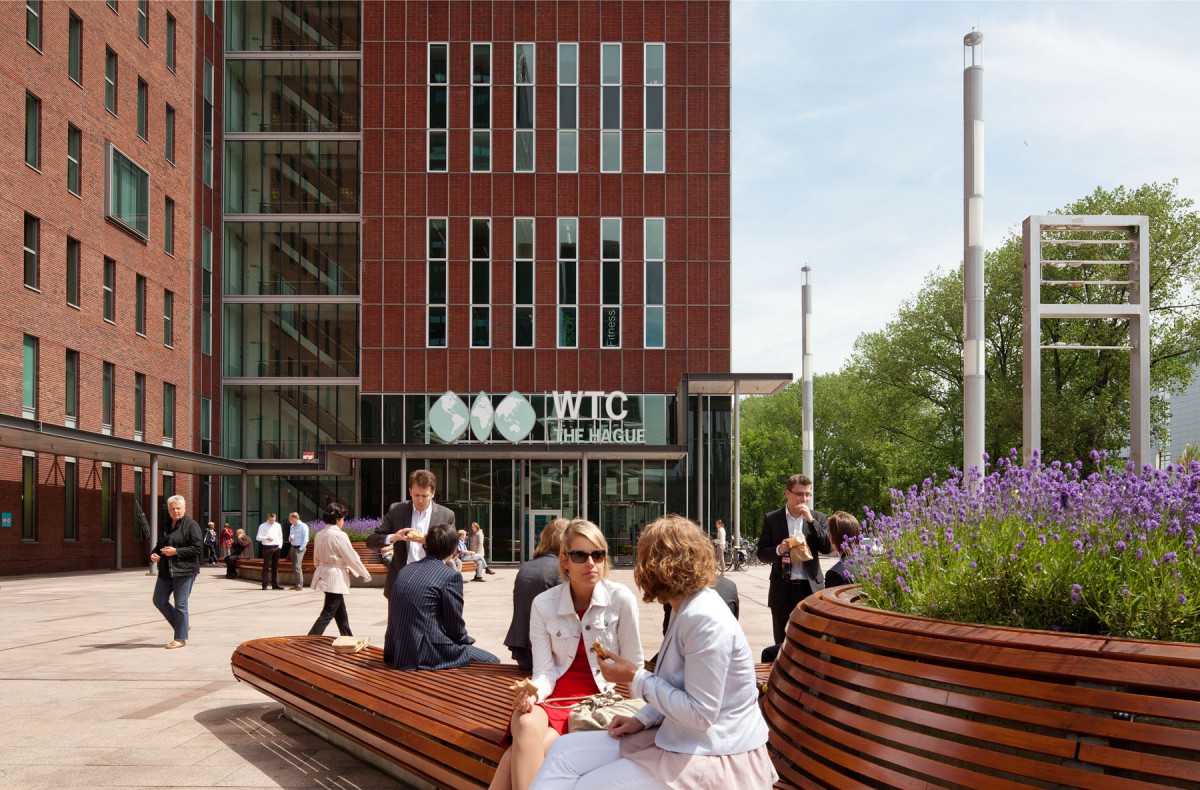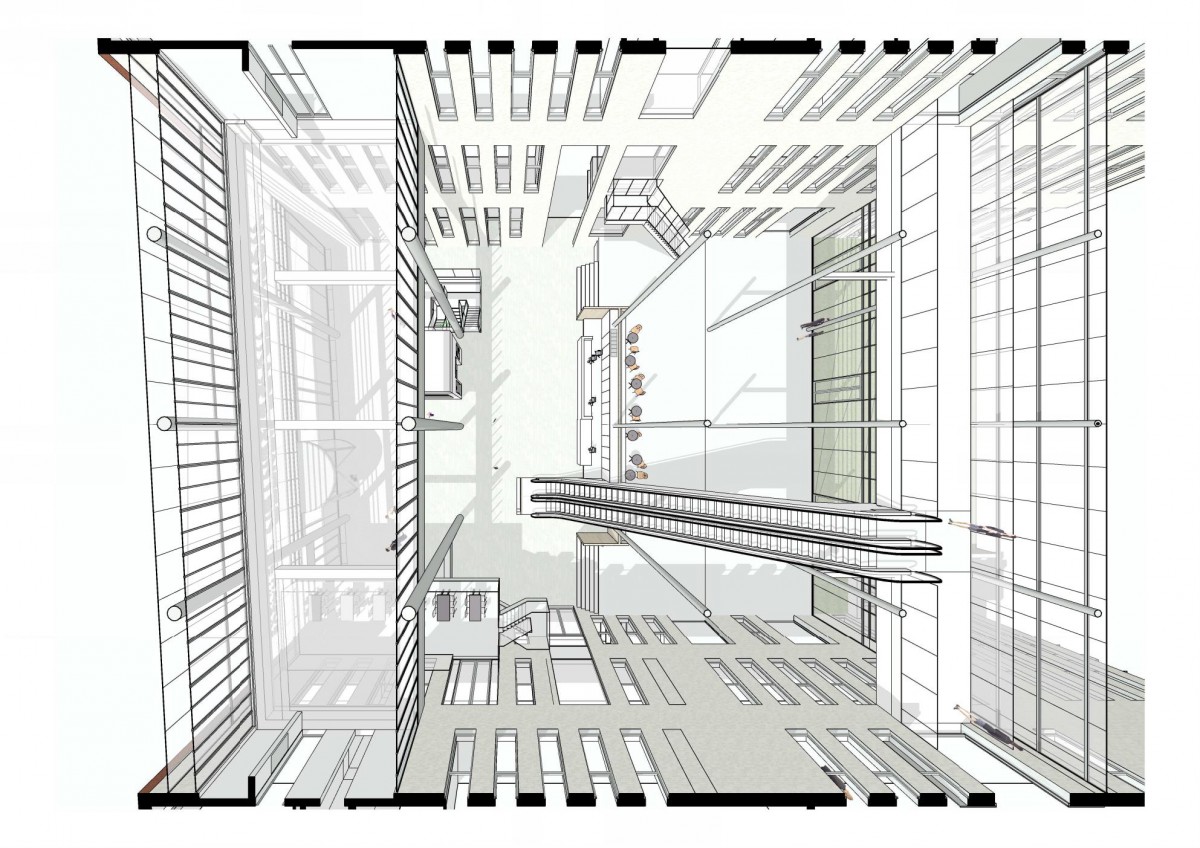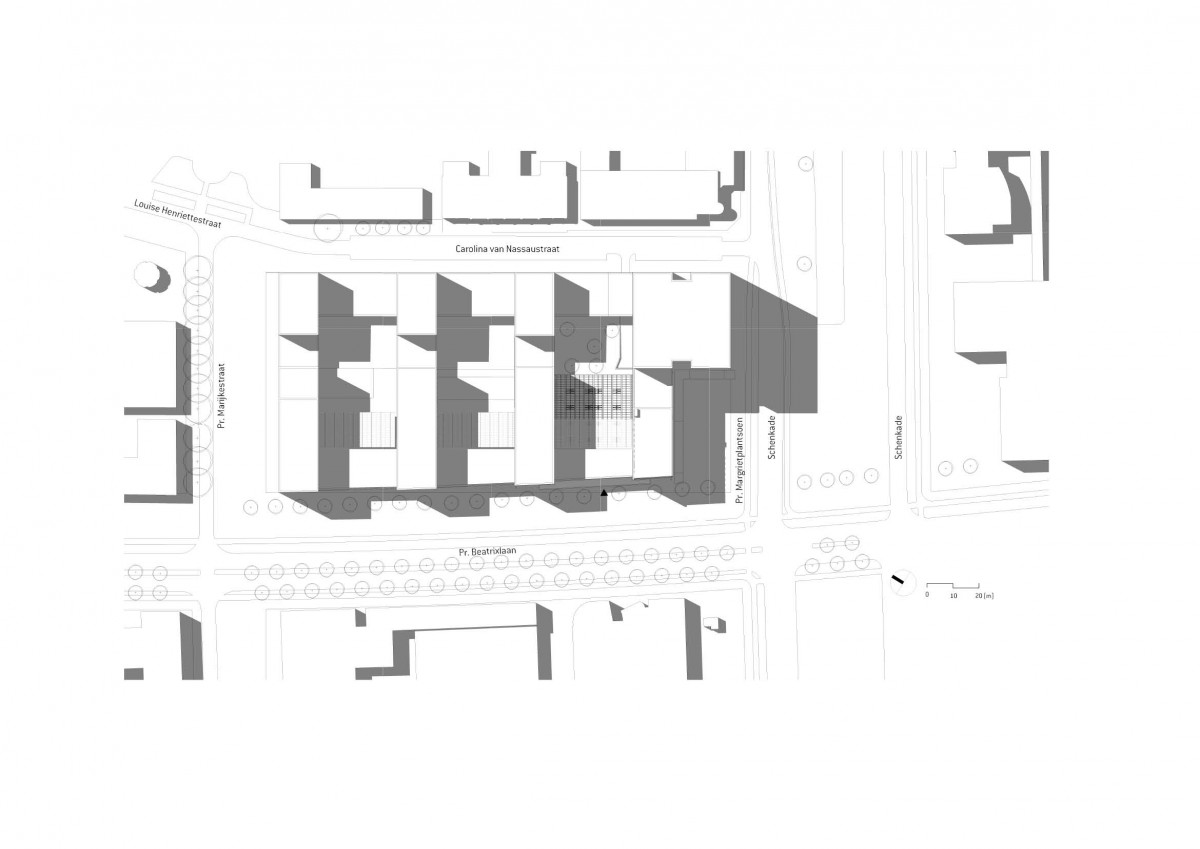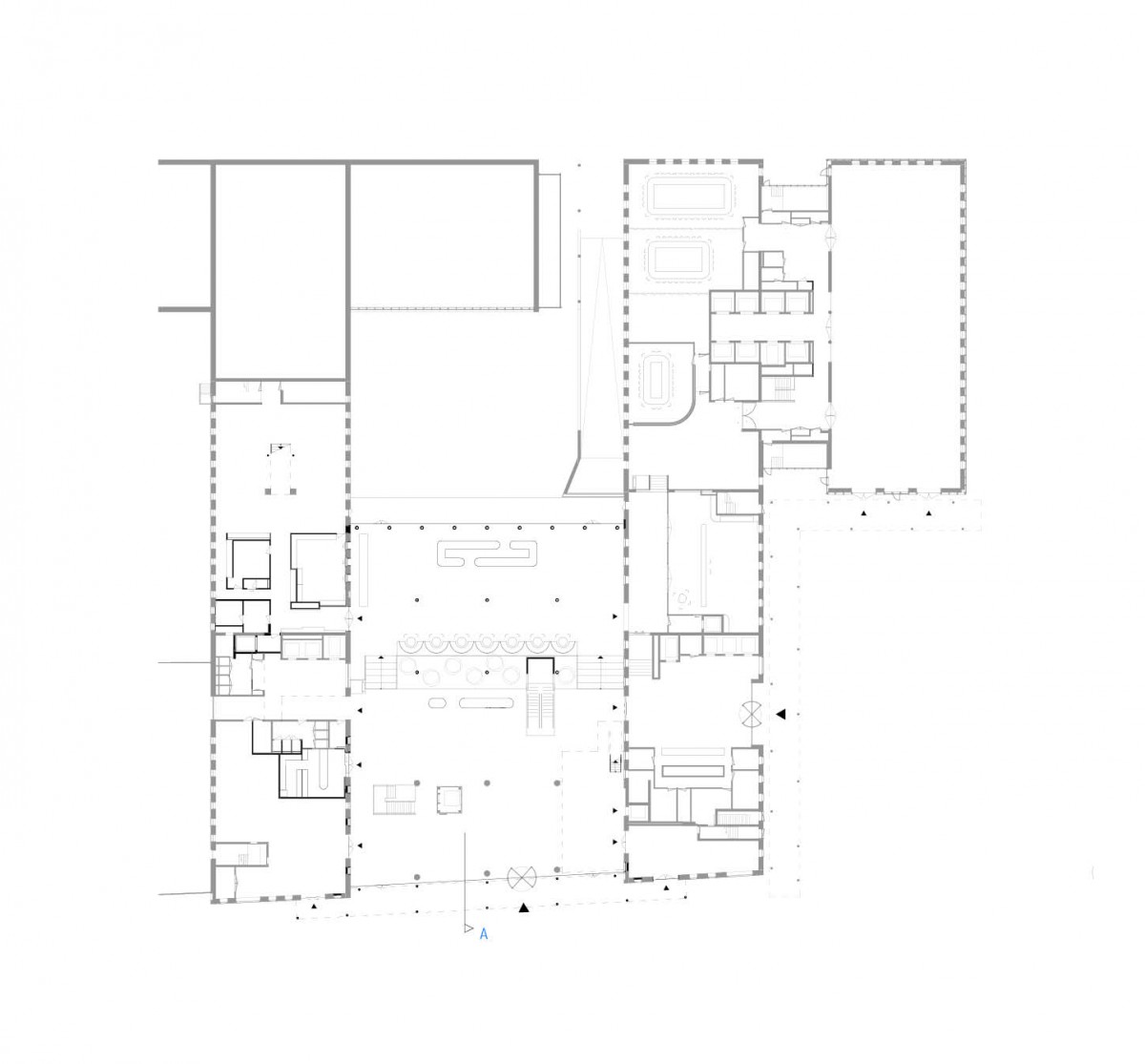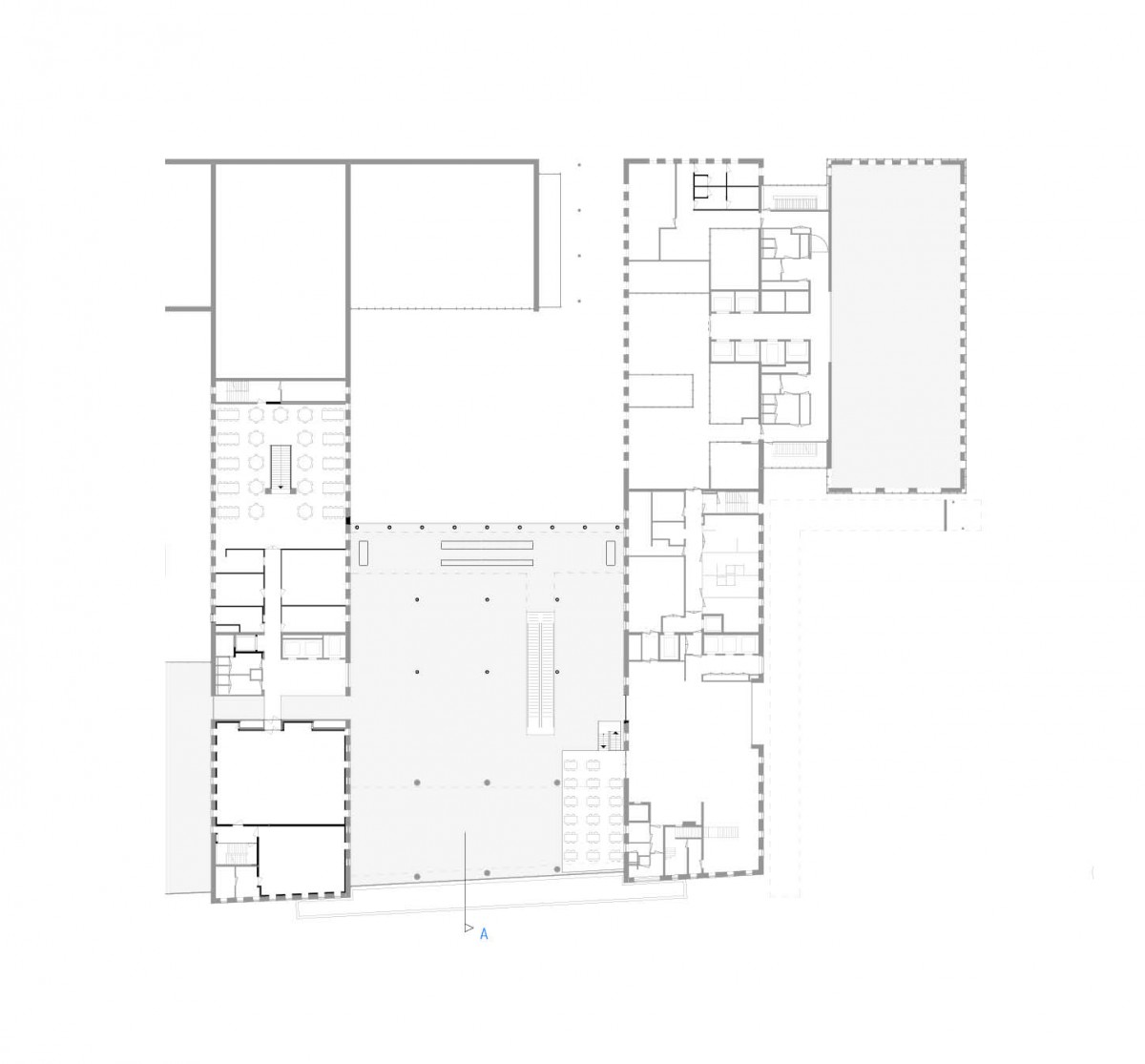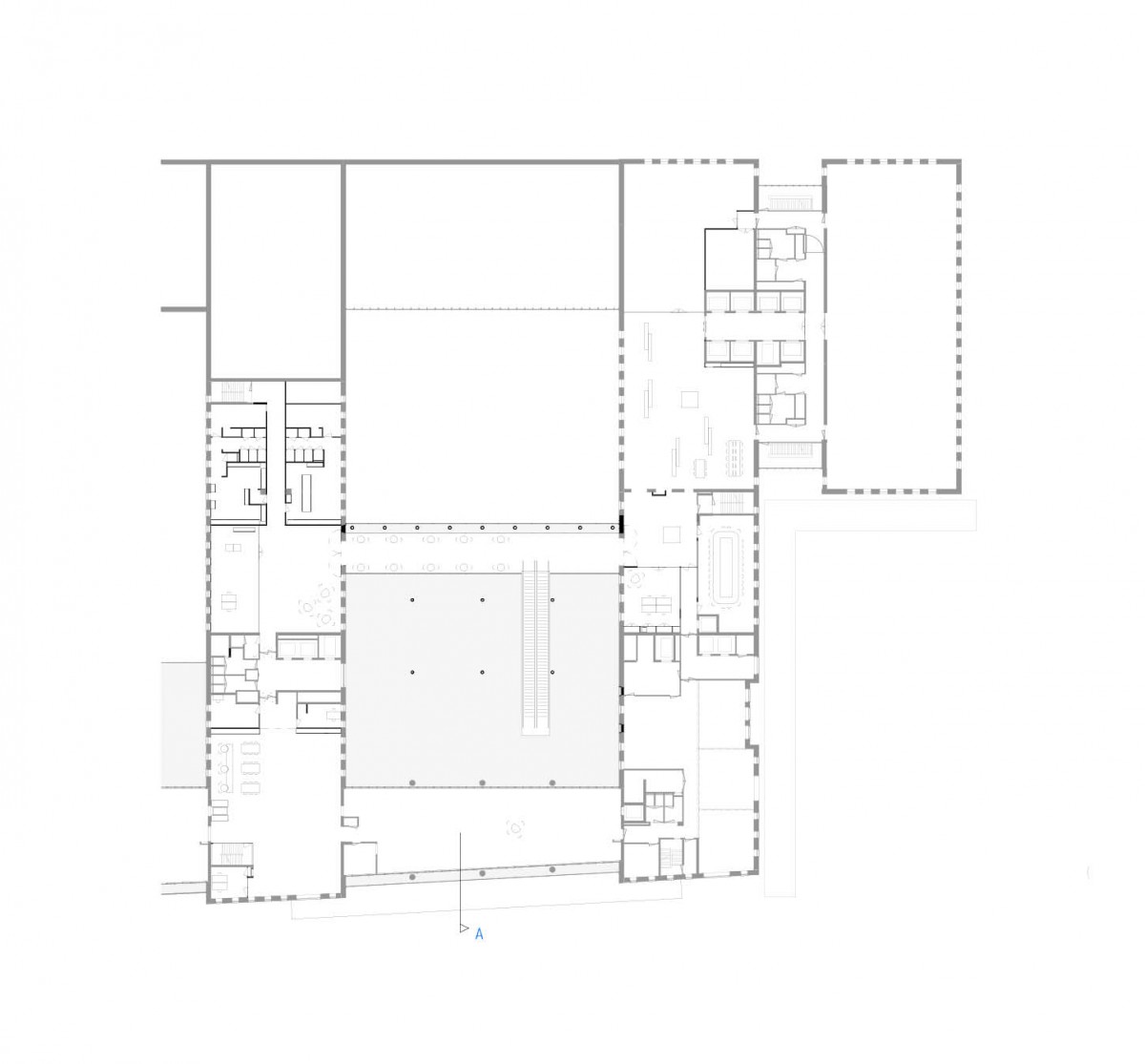Redevelopment WTC The Hague
The Hague has had its own World Trade Centre since June 2012 and a new designated function has been the motive for an architectural transformation. The public spaces in the WTC Plaza and Convention Centre are upgraded to the quality standards of an international WTC. That’s why the owner Bouwinvest consulted atelier PRO and Sens Real Estate. An important part of the assignment lied in the redesign of the existing property. We (re)developed a relatively young building that is in full use.
The WTC The Hague combines working, living, and leisure activities in a unique way. It is situated in The Hague’s New Centre in the Beatrixkwartier, on the corner of the Prinses Beatrixlaan en de Schenkkade. This international business district is one of the best locations for offices in the Netherlands (2014 Jones Lang LaSalle). The Spanish urban designer Joan Busquets drew the masterplan with wide granite sidewalks, magnificent trees, and modern futuristic fishnet steelwork for a neighbourhood with allure and appeal.
The WTC is at a top location, but it wasn’t functioning optimally. What were the challenges?
- A clear central entrance was missing, there were two entrance areas.
- The different public functions were either separated from one another or had no internal connection.
- The charisma of the interior was dated and the divisions were cluttered with small incoherent adaptations. The facilities offered in the WTC were not clear.
- The Plaza could not be used for events, while it was obviously meant for accommodating them.
- The logistics had to be improved for all the routing and signing, including the underground parking garage.
- Adaptation to the immediate surroundings.
- Communication, branding, and recognition for all areas.
Visibility is key
A better experience in the public arena, that was in short the key challenge. It was also important for leasibility of office space in the WTC and the entire area. The aspired quality not only affected the interior but also boosted the identity of the Beatrixkwartier. The neighbourhood was easily accessible but missed vitality so the WTC could became a centre point in that respect.
Redevelopment approach
For each (re)development project atelier PRO looks firstly at the existing qualities. How can these elements become more functional with the least adjustments? What kinds of visitors are coming, where are they going, and what are they doing in the building? How can areas better be utilized when they are more accessible? Where lie the opportunities for improving the appearance and positioning of the WTC brand?
The ingredients for PRO’s strategy are:
A main entrance
All visitors enter the complex via the Plaza, directly across from the central reception desk. This implied creating a different setup outside, an alternative use for the old redundant entrance, and redoing the routing and signing in the parking garage.
New escalator, improved internal logistics
To direct occupants via the central Plaza to the adjoining office towers (C,D,E), a double escalator was introduced in the middle of the Plaza to reach the second floor. In that way we enlarged the scope of the Plaza and allow visitors to reach the offices by elevator. This saves in-house travel time and simplifies circulation. More than that, the escalator gives the visitor an orientation and overview of the extensive public space.
Ground floor used optimally
The various areas on the ground floor are directly linked to the Plaza. Tenant services, retail, and catering facilities are more visible and accessible.
Realisation of high grade usage
A section of the ground floor is reserved for traffic so that the Plaza gets used intensively. To support the diversity of types of catering and retail, different materials and fabrics are used in the decorations. The surface of the Plaza is enlarged by pushing back a rear wall grid. Furthermore, realising high grade usage is achieved by making changes in the acoustics, installations, and interior climate.
New overhang, more exposure outside
The façade is also dealt with. A new overhang delivers more dynamics, due to the created outside-in feeling. The doors at the front are enlarged and the commercial sites on the ground floor have each their own access. The creation of a shop-in-shop effect is beneficial for the usage and synergy within the Plaza.
A new look inside
Lastly, the entire interior got a makeover. Stairs, veranda’s, and mezzanine, all got the same railings. Respectively, the ceilings are finished off with new high quality acoustics to regulate sound. The various styles of signage are replaced, technical installations are concealed, and the lighting is improved. In short: everything is cleaned up and polished.
The result
The new WTC Plaza provides for much better access and recognition for the WTC as a whole. People are better utilizing the adjoining spaces made available. The upgrade provides more than improved access and availability: it attracts new people to a place they didn’t go to before. The relative density and mix of activities contribute to that. On a broader scale, the Beatrixkwartier neighbourhood conjointly profits from the project.

